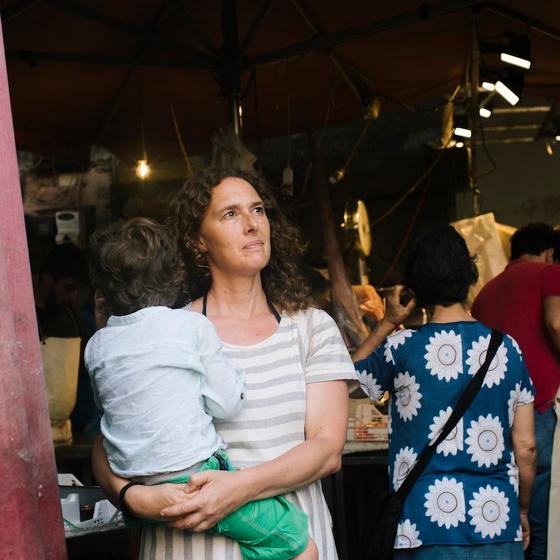20 September, 2017
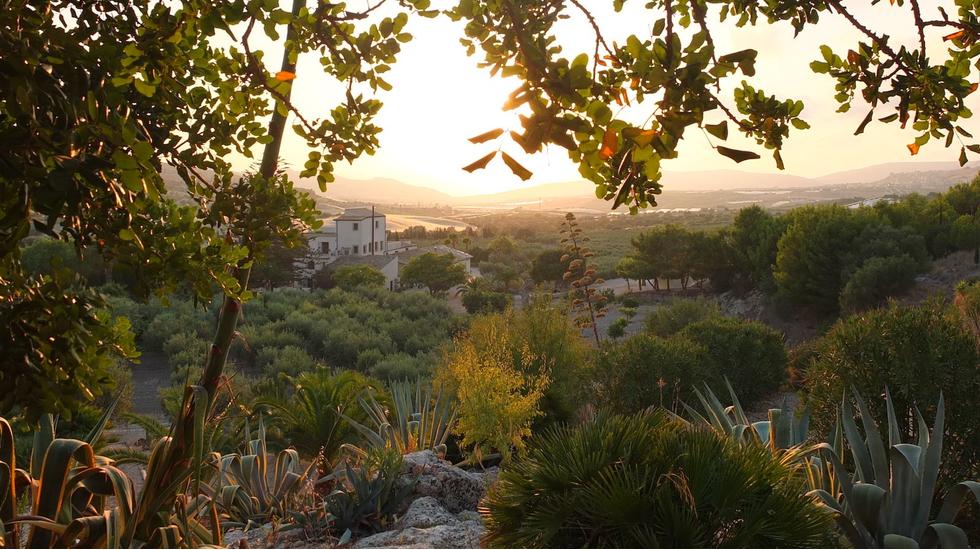
As
you’ll learn from experience, it’s a challenge to get
anywhere very fast in
Sicily. And though their reputation might precede them, the
reasons lie beyond the locals’ anarchic driving. It’s partly
geography and partly history: as the largest island in the
Mediterranean, it’s a feat to see even a fraction of the natural
wonders or sites left behind by conquerors. It’s also a matter of
degustation: there are the paninis to assemble, arancini to devour
and digestive “caffès” to throw back at the bar. But this doesn’t
mean you shouldn’t plan a road
trip, just that your itinerary should be more of a sketch than
a fresco, full of national parks, seafood pilgrimages and the
promise of a quieter path – ours oriented us westwards.
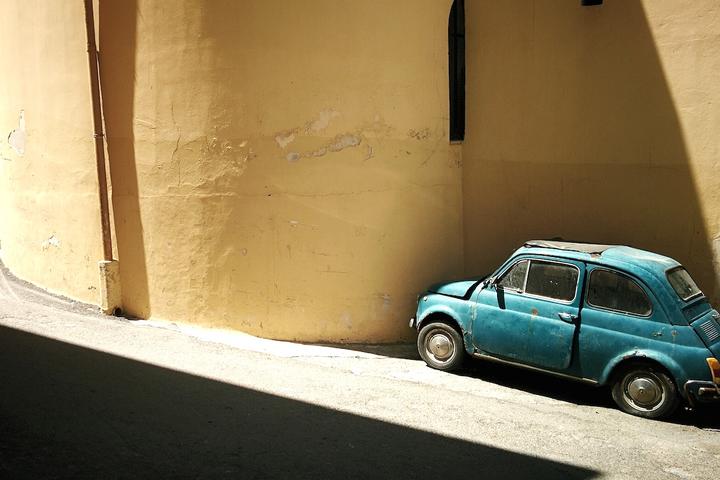
Worthy of an entire trip,
Palermo is perhaps not your average pit-stop, but as a starting
point to any Sicilian foray, imparts two invaluable local lessons:
driving and eating. The first is a christening by fire – cars don’t
drive so much as swarm and car bumpers are drawn together by almost
magnetic force – but if you prove capable, you will find the rest
of the island largely lacking in surprises.
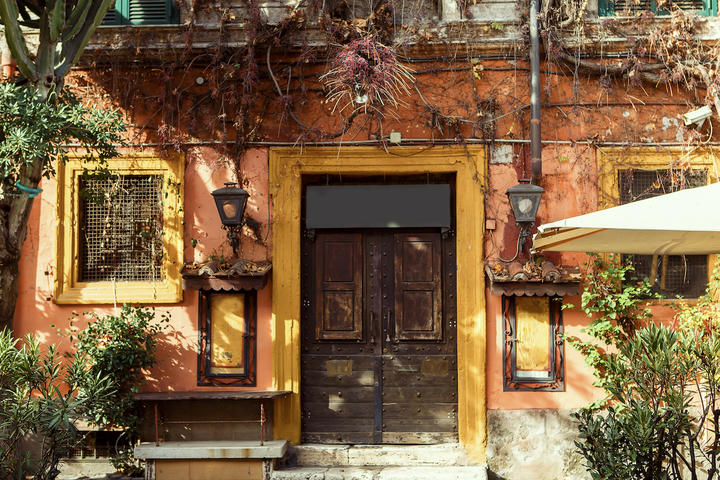
Then, there’s the food, a wholesome starter to Sicilian cuisine
– skewered octopus after hours at the Vucciria market, arancini to
everywhere and inventive Sicilian pizza at Tondo
(try the pistachio, burrata and prosciutto or the more traditional
anchovy, caramelised onion, ricotta and bread crumbs). For your
sweet tooth, there is pistachio gelato in brioche from the
eponymous Brioscià, and for late-night snacking pick up a pane con
panelle (a fried chickpea fritter, croquette and eggplant squished
into a white roll) from the institutional Franco u Vastiddaru.
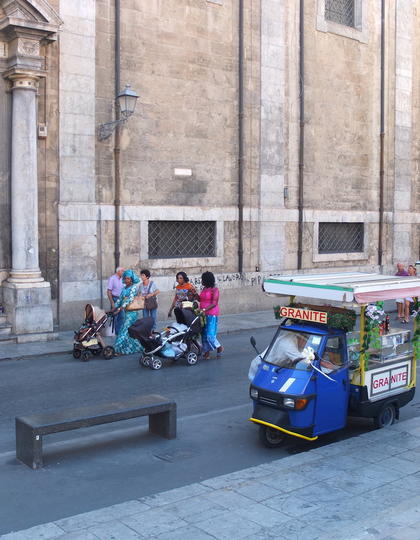
Palermo’s allure lies in its grandiosely chequered path, a
triumphant survivor of invasion, bombing and insidious crime, where
most things beautiful are also a little grimy. Such spoils, such as
the din of the Ballarò Market or the Moorish Norman Palace, are
best stumbled upon, so leave the car parked and travel on foot.
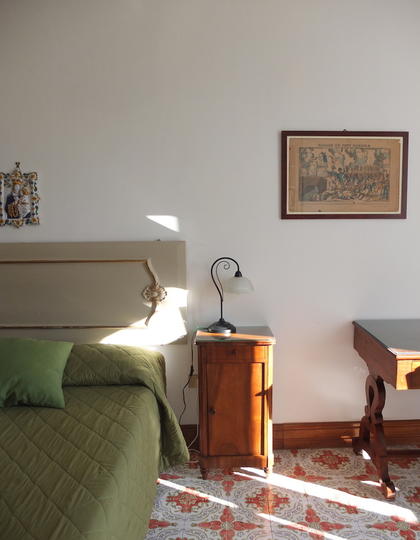
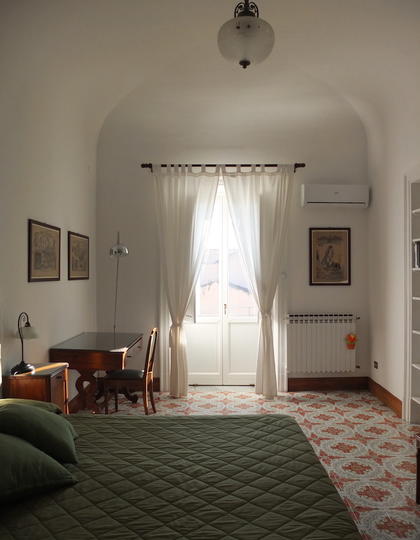
The old town is easily oriented by the four main arteries that
come to a crux at the baroque crossroads, the “Quattro Canti”. A
suitably atmospheric base for your stay is Butera 28, the last residence of
Sicily’s most-beloved author Giuseppe Tomasi di Lampedusa. Tucked
into the charming La Kalsa, the old Arab quarter, it is part
palazzo, part holiday apartments and thoughtfully outfitted with
decorative tiles and dark wooden furniture.
One hour from Palermo along the the coastal E90, and as far
eastward as this trip will take you, lie the Madonie Mountains that
rise up over Cefalù, a seaside town that dates back to the fourth
century BC.
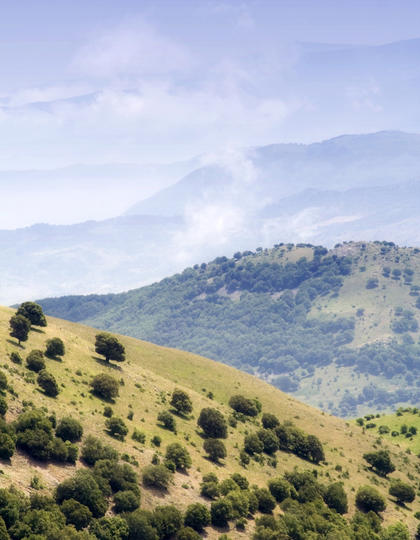
Vallegrande, a former ranch turned retreat is reached by a
winding, vertiginous road past olive groves, with hairpin turns
that overlook the undulating landscape. Up among the eucalypts,
humming cicadas replace the mechanic whirring of Palermo. The
centre of the property is a salt-water infinity pool that seems to
spill out into the ocean towards the Aeolian islands. Take a day
off and watch the mist clear and return to mask the islands,
witnessing the full spectrum of blues in
between.
Down below is Cefalù, a beautiful but overly touristy town,
crammed with giant placard menus. Save visits until sunset (or
sunrise if you’re brave), when the dwindling light on the drive
downwards paints the landscape in woozy impressionist’s tones. Park
on Lungomare promenade, find an Aperol spritz and watch the sun
disappear behind the shadowy peaks on the horizon.
From the Madonie Mountains, it’s a straight path south through
the heartlands to reach Palma di Montechiaro. During summer, it’s a
stretch so parched it seems to have sucked yellow from the sun,
colouring the fields in mustard, sand and bone. Sparsely populated,
the route snakes along raised roads through canyons, past long
abandoned stone huts – or, more dramatically, plumes of fire on the
hillside – before the sea opens out again in the distance.
Down a dirt track outside of Palma di Montechiaro, we reach our
destination, the
Azienda Agricola Mandranova, a family-run hotel set in a
working farm. For the past 25 years, owners Sylvia and Giuseppe
have dedicated themselves to making their award-winning,
extra-virgin olive oil and harvesting almonds in between. Today,
the plot’s historic buildings, the farmhouse, old railway and
winery have been converted into accommodation. Though it could be
used as your base to explore the west, it is much more tempting to
stay and wander – amid the palms, bougainvillea and hibiscus and up
through the olive grove lies a stone-laid pool that overlooks the
property.
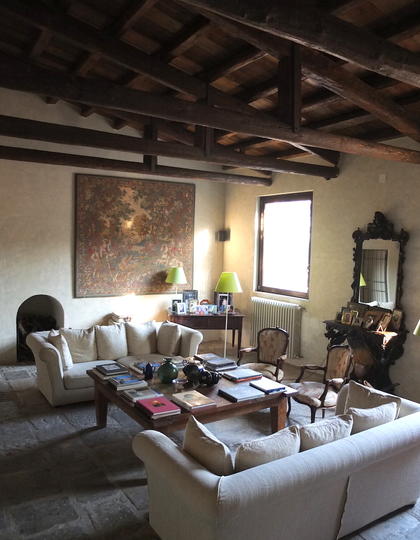
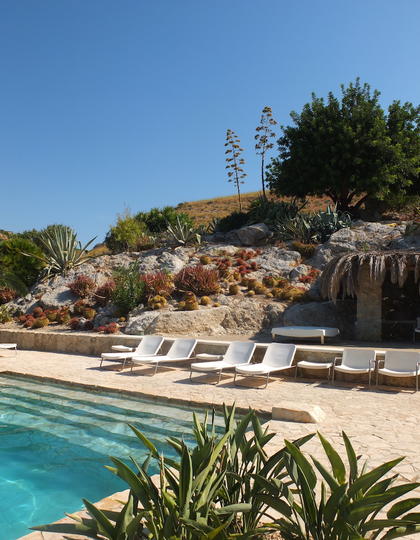
Stay for dinner which is served outside the farmhouse on a
throng of tables. The owners’ son, Giuseppe Jr, creates an
inventive, nightly four-course menu based on local ingredients – a
contemporary take on aubergine parmigiano, mezze maniche with
fennel salsiccia and fresh peas, mackerel seared in fig leaves,
caper-studded potato puree and white-chocolate parfait with iced
mulberries. Throughout the meal your bowl of olive oil is topped
up, as is your wine glass.
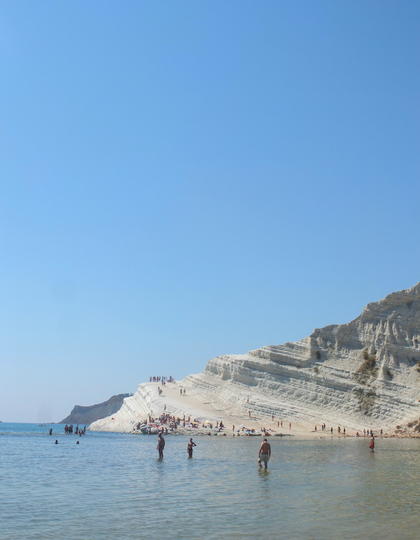
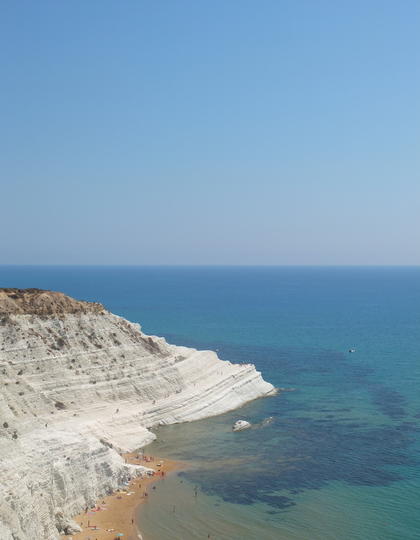
Food also governs your next stop. From Mandranova begins the
pilgrimage to Da
Vittorio, a seafood restaurant in Porto Palo known to any
disciple of chef Giorgio Locatelli. It’s a committed drive in the
heat of the day, past the Valley of the Temples that ring around
Agrigento and the gleaming white cliffs known as the Turkish
Stairs. You’ll know you’re nearing your destination when the land
changes from barren to fertile, signalling your entry to Alcamo,
Sicily’s largest wine-making region. Vittorio, a northerner who
settled in Sicily 40 years ago, is known to cook shirtless with a
tea towel slung over his shoulder – which is exactly how we found
him upon our arrival. The atmosphere is social; between courses –
stuffed sardines, pasta with clams or shrimp and pistachio and
giant grilled prawns that are simultaneously sweet, spiced and
salty – groups continue to arrive, calling out for “Vittó” who
emerges to be slapped on the back, sometimes with a live lobster
still in hand.
The final destination, Scopello, is tucked up in the hilly
northwest corner where the Gulf of Castellammare takes a bite out
of the land. The tiny commune is known for its picturesque tuna
fishery, the Tonnara di Scopello that dates back to the 13th
century. Framed by prickly pears and towering rock stacks, the
cluster of stone buildings is now a popular lido. No longer a place
for fishing boats to slip into the sea, families populate it on
deck chairs while basking in the sun.
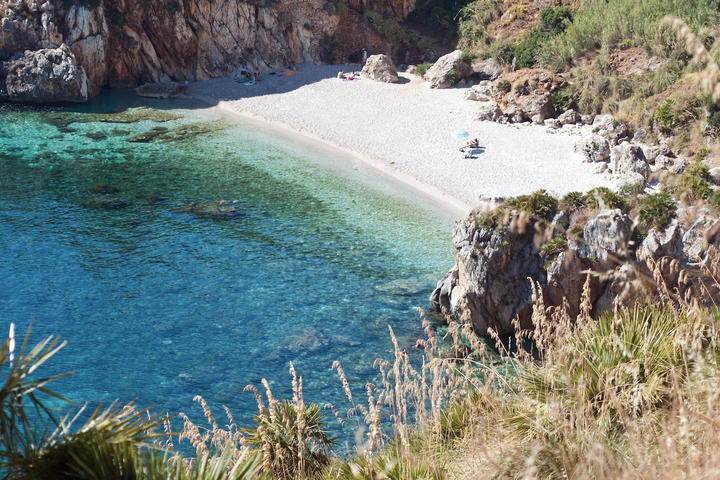
To reset entirely, book a stay at one of the properly rustic
self-catering fishermens’ cottages on site. There’s no TV, internet
or air conditioning – all negligible things when you have the sea
at your doorstep. Just up the road from Scopello is the entry point
for the Zingaro Reserve, roughly seven kilometres of protected
coast, where the beaches can only be reached (in lieu of travelling
by water) by a committed hike along steep paths. You will be
greeted – by now you’re probably panting and covered in a film of
dust – by pebbly coves with crystal-clear waters.
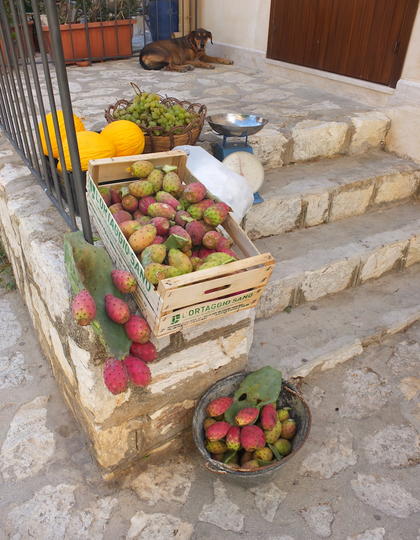
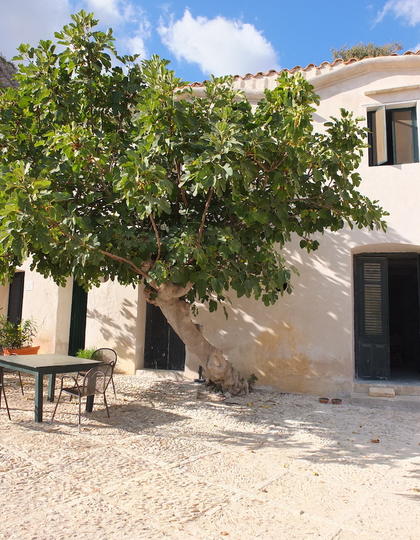
On the final night, before an appropriately bitter Campari
spritz at Scopello’s
Bar Nettuno, we stopped for sunset at Guidaloca beach. It was
the kind of sunset that happens on a Sicilian summer’s day, a
largely cloudless, languid descent after blazing down on the
countryside. The sea was buoyant and darkening, while the remaining
bodies on the beach, brined from the saltwater, were beginning to
wriggle back into clothes. There was only one other swimmer: a man
in his sixties, legs splayed out in front, arms doing angel-wing
motions beside him. With the good manners of a Sicilian, he asked
where we were from and we volleyed back the question. “Siciliano”,
he declared with a gesticulative flourish that went something like
this: a tap to the chest with both hands, a sideways glance at the
panorama and a final upturning of the palms, as if cradling a
prized possession.
